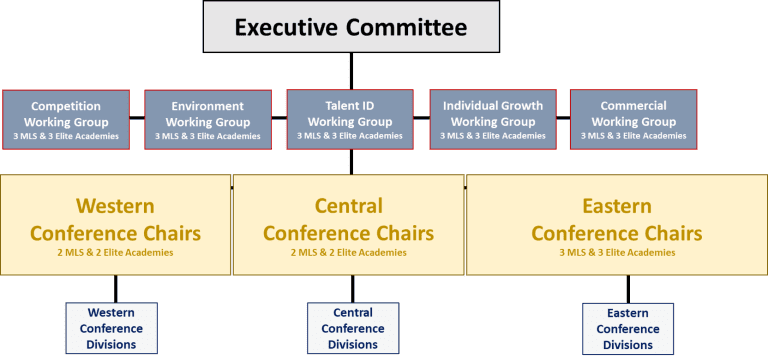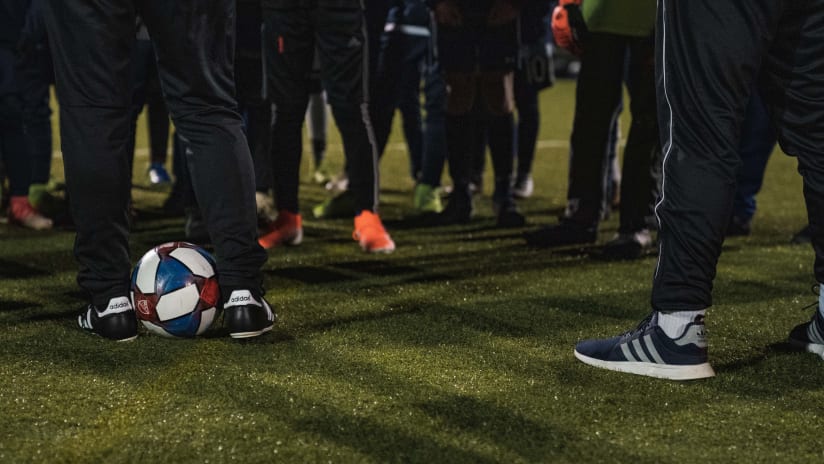NEW YORK (August 4, 2020) – Major League Soccer today announced a groundbreaking governance structure of its newly created elite youth development platform along with the expansion of 19 additional youth soccer clubs into the platform. The competition will encompass over 11,000 players across 113 clubs and six age groups, including 30 professional MLS academies, 5 USL academies and 78 additional elite academies.
The platform will feature competition across six age groups: U-13, U-14, U-15, U-16, U-17 and U-19. The full list of member clubs can be found HERE.
“The spirit of this platform is ensuring representation across the entire soccer landscape and at every level of the governance structure. Seeking input from all members and catering to players from diverse backgrounds is at the core of this platform. We are excited to welcome these academies and thousands of elite players to join our Founding Members in this competition with the first stage of expansion and look forward to additional expansion in the years to come,” said Fred Lipka, Vice President and Technical Director of MLS Player Development.
The elite player development platform’s groundbreaking governance structure promotes collaboration, innovation and input with representation from MLS academies and other elite youth academies. The platform will feature four tiers of governance: Executive Committee, Working Groups, Conference Chairs and Divisions.

Conference Chair leaders within the governance structure will serve as representatives for all clubs within their respective governance Divisions. Likewise, leaders within each of the five Working Groups will be tasked with submitting recommendations and policies on behalf of all member clubs to the Executive Committee, Platform Management, and MLS League Office for implementation into the platform. The Executive Committee will have representation from MLS and other elite academy technical leaders.
The list of Working Group and Conference Chair Members can be found HERE.
“For this first wave of new club expansion, we wanted to focus on finding clubs that are working to instill proper weekly development and quality competition as players embark on elite and professional pathways. It’s important that we familiarize players with regional competition at the earliest ages and re-establish the importance of small clubs prioritizing quality of development over quantity of players,” said Lipka.
Last month MLS opened applications to youth academies interested in joining the development platform, and following more than 75 hours of interviews, the MLS Player Development Department admitted 19 additional academies. Applicants were considered based on geographical considerations, and evaluated on their inclusivity of players from all backgrounds and commitment to the highest level of player development standards, including:
- Player Identification (Pro Pathway, Player Sourcing Strategy, History of Player Development - National Team or Collegiate)
- Club Player Development Philosophy and Methodology
- Consistency and Relevancy of Coaches and Technical Staff Standards and Club Projects
- Development and Performance Environment
The new platform will consist of elite year-round competition, as well as player identification initiatives, coaching education opportunities, and additional programming to create the premier player development environment.
More information about the competition schedule as well as the platform’s official brand will be announced at a later date.


















